After a brief hiatus due to the many changes between Cuba and US relations, we are reigniting our blog to offer new reflections and keep building bridges to/from Cuba (please read our updated “ABOUT” page). To kick-off this month, we are thrilled to feature the acute and compelling voice of Andrea O’Reilly Herrera’s essay “Cubana-Irlandesa: Inhabiting a Centre that Cannot be Occupied.” In this tale of two island countries, Cuba and Ireland, Andrea draws fascinating historical, emotional, and ethnographic parallels between her Cuban and Irish heritages and their respective diasporas. She examines how these have deeply and complexly shaped her sense of place and self, as she keenly notes: “…this paradoxical sense of belonging and non-belonging…” Andrea is Professor of Literature and Women’s and Ethnic Studies, co-founder of the Matrix Center for the Advancement of Social Equity & Inclusion, and the Associate Vice Chancellor of Equity, Diversity and Inclusion at the University of Colorado at Colorado Springs.
Abrazos,
Richard and Ruth
by Andrea O’Reilly Herrera
Born in the spring of 1926 in an upstairs bedroom in her parents’ home in El Vedado, my mother left Cuba for the first time during the mountingly violent and overtly bloody reign of Gerardo Machado. From that time forward, my grandparents kept one foot firmly planted in the US and the other on the tail of the alligator. Conceived in Havana during what would turn out to be my mother’s final trip to the island—though it was unbeknownst to her at the time—I was born the first week of January 1959 into a small but close-knit Cuban diasporic community in Philadelphia. Although it was during the Jim Crow period, and much of our family experienced overt discrimination when they arrived in the US, we were a floating island unto ourselves—so focused on Cuban affairs that even the events of the Civil Rights Movement became secondary.
Privy to passionate and oftentimes painful discussions, I became acutely aware of the adverse psychic, social and political conditions to which the displaced adapt and thereby survive; as well as the correspondent, unbearable agony of being separated permanently from one’s homeland, people and culture. I can still remember watching my grandfather flatten packets of dried Lipton’s soup on the kitchen counter, and mail them to family and friends on the island, along with notes handwritten in a distinctly foreign, wiry script. He would always include photographs of the family, inscribed with dates and names and wrapped in carbon paper with the hope that they would not be discovered. And I also recall our collective sense of violation and outrage when these same letters were returned, severed open and emptied of all but the fragmented photographs, our heads scissored off and our decapitated bodies torn into pieces.
Sensitive to the plight of others as a result of this experience, my parents and grandparents opened our home to an eclectic gathering of people from across the world—this included relatives, acquaintances and even complete strangers. They had all left their native countries under varying degrees of duress and consequently became part of our ‘extended’ family. Though my parents were struggling to support their own blossoming family—six all told—they somehow managed to keep us fed and clothed. Babies and strangers, my grandmother assured me, always arrive with loaves of bread tucked under their arms. Indeed, no one was ever turned away or went hungry, though we all vied to be the first of the children to serve ourselves as the dishes of food passed from hand to hand around the table.
Each Sunday family and friends gathered at our grandparent’s home and shared stories of their lives in Cuba. As my grandmother rubbed spirals like ancient hieroglyphs into my back, I listened with an unquenchable thirst to a thousand and one seemingly fabulous tales about hurricanes that flattened entire towns and long hot summers in the countryside, where my mother and her brothers would ride bareback into the mountains, sucking on sugarcane until the warm syrupy guarapo ran down their nut brown cheeks. I could almost hear the sound of street vendors calling out their wares—mango, mamey, guyaba, anon—and mentally recoiled each time my mother described the writhing body and agonizing screams of the mayor, dragged through the streets by a band of men on horseback. These memories shaped my imagination, indelibly.
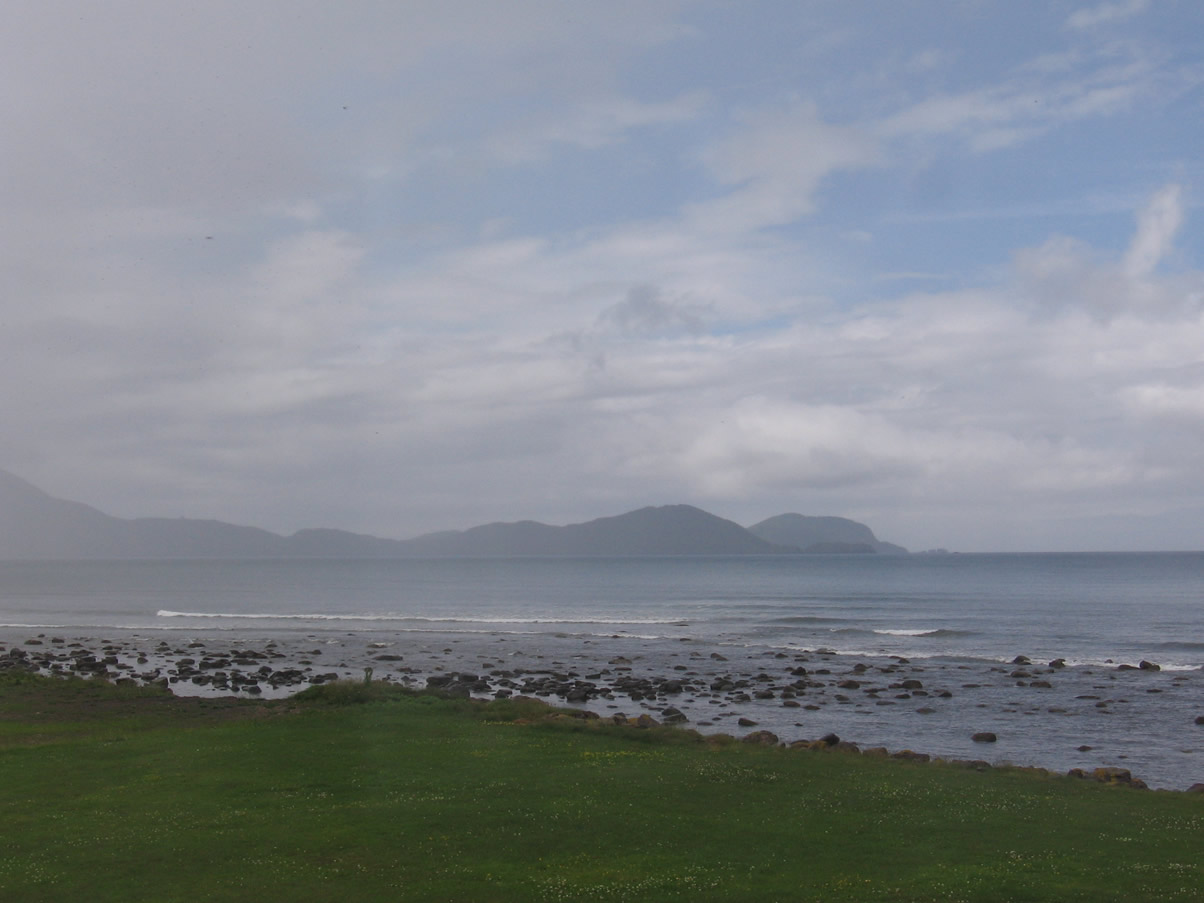
Distant shores, Aran Islands, Ireland
Perhaps because we were socialized primarily by maternal relations and friends, stories about my father’s family filled the narrow margins of our memories, and Ireland remained in the back corridors, overshadowed by immigrant tales of struggle. Only later in life, upon discovering the Irish poet Yeats, did I realize that my Da’s bedtime storytelling–which inspired me to become a creative writer—was peopled by mischievous leprechauns and blue Celtic sylphs. The first-born son of economic emigres, who met in Philadelphia in the early 1920s, my father reminded us at every opportunity of the hardships they endured amid the Great Depression.
As a small boy he would wander the streets of West Philadelphia, alone, selling apples and pencils for a pittance, which he would press into his mum’s empty palm when he returned home after dark. In adulthood, Da could never bear to discard leftovers, and we would catch him shaving the moldy beards from crusts of bread and small wedges of cheese, which had long outlasted their expiration dates. Although their poverty was grinding, his mother—my father often recalled—never failed to keep their hair combed and their clothing washed and pressed. The slight Irishmen from Dublin and Cork—who played the fiddle and smoked a pipe and steeled himself for weeks behind a tall chain link fence in the struggle to form the first unions in Philadelphia—always lingered in the shadows, eclipsed by the memory of Mary, a beautiful young Irish girl from county Mayo, who painstakingly arranged toothpicks into intricate patterns, which she gifted to friends, and penciled out her dreams in a green leather notebook, which remained the only visible testimony of her life following her untimely death giving birth to my father’s youngest sibling. My father mourned his mum for the rest of his days, long after his hair turned to silvery threads and his pale blue eyes to watery oceans. Deployed in the South Pacific during World War II, he learned of her death while far from her side. The loss of my younger sister at nineteen only compounded his grief—an ever-deepening sink hole, a dark abyss collapsing under the weight of insurmountable grief.

Window onto the past, County Mayo, Ireland.
My Irish grandfather remarried soon after Mary’s death, and remarried several times thereafter—a fact I learned by chance long after my own father’s death. Bit by bit Da’s siblings scattered in different directions, for the center had fallen out beneath them. Living in near cultural isolation and surrounded by a household of people who did not speak English, my father learned to communicate in halting Cuban—inventando words when necessary—developed a lifelong love of Ernesto Lecuona and Beny Moré, and savored galletas con guayaba y queso crema and moros y cristianos, which were served at nearly every meal. It was only during my first trip to Ireland that I became conscious of the fact that although my father had cultivated Cuba inside him like an orchid in a hothouse, he was at heart an Irishman.
Crossing from Liverpool to Dublin on a ferry, my heart began to throb, unexpectedly, and my eyes filled with tears as the incandescent shadow of Ireland’s coast emerged from the green mist and came into view. Suddenly the thought that my Irish grandparents—not unlike my maternal relatives—had left their native country alone and empty-handed and unaware that they would never return to their beloved homeland broke over me like a cold, briny wave. As I tinkered across the island, I had a similar experience to that which I describe in a testimonial piece that chronicles my first visit to Cuba (“Return to the Familiar,” Interviewing the Caribbean). Standing at the mouth of Cork Harbour, where my grandfather departed for the US, I began to understand in some more complex, profound way, what had been caught between the silence and the occasional words, the grief that always fingered at the corners of my father’s mouth and gave itself out in his eyes. All at once, my paternal family’s lives in Ireland became tangible; and the deep-seated sense of displacement and alienation my Irish grandparents must have felt was visceral—a sense of non-belonging and isolation that my father inherited, visibly, and which sat upon my chest like a night hag. Treading the same streets worn smooth by my ancestors—soothed by the flag green landscape, the soft, ever-present mist and the loamy fragrance of the land—I encountered my father and my grandparents, my uncles and cousins and aunts in the strangers who passed on the Belgian block pavements, and recognized me before my eyes met their gaze. Clearly, more than one person told me, you didn’t get it from licking a stone, lassie! I heard them in the mournful Aeolian winds that bend the unwilling pines of the Aran Islands toward the sea; and saw them in the remarkable beauty that springs forth unexpectedly from the stony grikes of The Burren. I tasted my Celtic inheritance in thick, hot wedges of soda bread, smothered with unsalted clots of hand-churned butter, and the caramel-colored froth that floats on the surface of stout. And I heard my Da clearly in the slightly ripe exchanges outside the pubs in Galway, laced with familiar expressions whose origins I had never really pondered or plumbed. Criminey, love, that just isn’t cricket. These were just some of the things Da would say.
During the course of my Irish travels, I considered for the first time the historical and cultural affinities with Cuba. Sharing a geography that engenders a very particular, bitter-sweet relationship with the sea, both are island nations—a fact that establishes Ireland and Cuba as sites of convergence and migratory interaction, circuits and receptacles for all manner of exchanges and violations. The sea that circumscribes and ultimately defines them suggests perennial fluidity, constant movement and cross-pollination. In addition, Roman Catholicism was the predominant religion and largest Christian denomination in both countries before the 1959 Revolution altered that reality in Cuba. An attendant connective tissue, I realized, is the ongoing history of colonial intervention, violence and oppression. One of the consequent legacies of colonialism in both Ireland and Cuba is the phenomena of scattering or diaspora—a term widely attributed to my father’s second cousin by marriage, Mary Robinson, to acknowledge the exodus of Irish during and preceding the Great Hunger and the various populations living outside the island. Not unlike the impact of the Cuban Independence Movement and the 1959 Revolution, the Great Famine permanently affected the demographic, cultural and socio-political landscape of Ireland, for it is estimated that one million Irish died and one million emigrated between 1845-1849. (Based on official immigration data, 1.6 million Cubans migrated to the United States between 1959 and 2018.) The consequent political and economic troubles Ireland faced spurred an ongoing wave of emigration into the Twentieth Century, which included my own paternal grandparents. The hemorrhaging continued for some seventy-five years; that being so, the population of Irish descent living outside the island exceeds the population in Ireland to this day. As a result, the legendary keening of the Irish—which is masked by a witty and satiric sense of humor that can be likened to a form of exchange Cubans refer to as choteo—is informed by a persistent consciousness of violation, displacement, separation and loss.
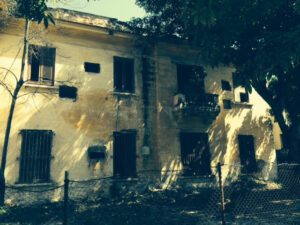
Degeneration. El Vedado, Havana
Though I was not displaced in a literal sense, my consciousness and sense of identity was shaped from earliest childhood by the loss of Cuba and the separation of our family. Nevertheless, this consciousness was supplanted, and my identity formation was based on an idea (to borrow Homi K. Bhabha’s term) of a nation whose presence had taken root in absence. In effect, I had inherited an idea of a world—a culture and a nation—that was essentially weightless—a world without scapulars and monuments, without physical ruins and sacred stones, which I accessed intuitively and apprehended vicariously. Suspended between the here and the there, the past and the present, I recall feeling even as a small child a profound and perpetual sense of un-belonging. Yet what I didn’t realize until this first trip to Ireland was that these feelings were informed as much by the losses of my Cuban family as those experienced by the Irish. The watery passages that separate those who remained in Cuba and Ireland and those who left is emblematic of an ineffable phantom wound that will not heal.
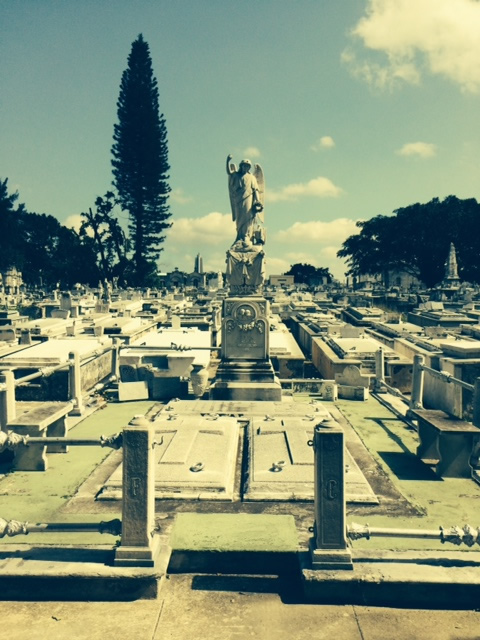
Dust to dust, Colón Cemetery. El Vedado, Havana.
As I commenced my work on the Cuban diaspora in the mid-1990s, I sought to disrupt the notion of a bounded nation-state and challenge the traditional binary opposition between the island and the diaspora. Most fundamentally, my aim was to give voice to, and validate or authenticate the experiences of those of us born and/or raised off of the island, who expressed having an intuitive capability and filial imprinting with Cuba, yet had hitherto been virtually dismissed or ignored by the Cuban diasporic community writ large as well as those who reside on the island. In my search for a language and a paradigm, I was inspired by various theoretical frameworks. Perhaps it is no coincidence that the work of Irish diaspora scholars resonated most deeply, for it captured this paradoxical sense of belonging and non-belonging, as well as the longing and grief for a place we had never seen with our own eyes but had accessed not through storytelling and photographs, but rather through intuition and dreams. According to the ancient concept of the fifth province—an idea grounded in a spirit of atemporality and rooted non-locality—modern Ireland, Irish scholar Richard Kearney observes,
…is made up of four provinces. And yet, the Irish word for province is coiced which means fifth. This five-fold division is as old as Ireland itself, yet there is disagreement about the identity of the fifth….This place, this centre, is not a political or geographical position, it is more like a disposition….The fifth province can be imagined and re-imagined; but it cannot be occupied. In the fifth province it is always a question of thinking otherwise.
The process of uprooting, transplanting and re-seeding that typifies Cuba and Ireland’s modern historical trajectories suggests that both islands have always had additional points of gravity or contact, which cannot be located solely according to geo-political boundaries or circumscribed according to specific locales. These external points of gravity, moreover, have been critical to the process of defining a more expansive sense of what it is to be Irish or Cuban independent from any colonial or neo-colonial presence—an idea witnessed by the various exile communities formed outside both islands in the Nineteenth and Twentieth Centuries. In my writing on Cuban diasporic cultural expression, I adapt Kearney’s model. Given that modern Cuba is composed of fourteen provinces and one municipality (Guantanamo), I argue, the ever shifting ‘dis-located’ zones of diaspora, the sliding spaces of the aquí (here) which are always in counterpoint with the allí (there)—and collectively constitute the post-1959 exodus—can thus be conceptualized as a fifteenth province. It is a space that can never be fully occupied or inhabited, for like the concept of the fifth province, to ‘inhabit’ this space is always a question of thinking otherwise. This mode of thinking otherwise gives way, in turn, to a certain disposition—a certain way of being as my mentor, the Cuban theorist Antonio Benítez-Rojo put it—a state of mind or consciousness that traverses generations and geographical spaces.
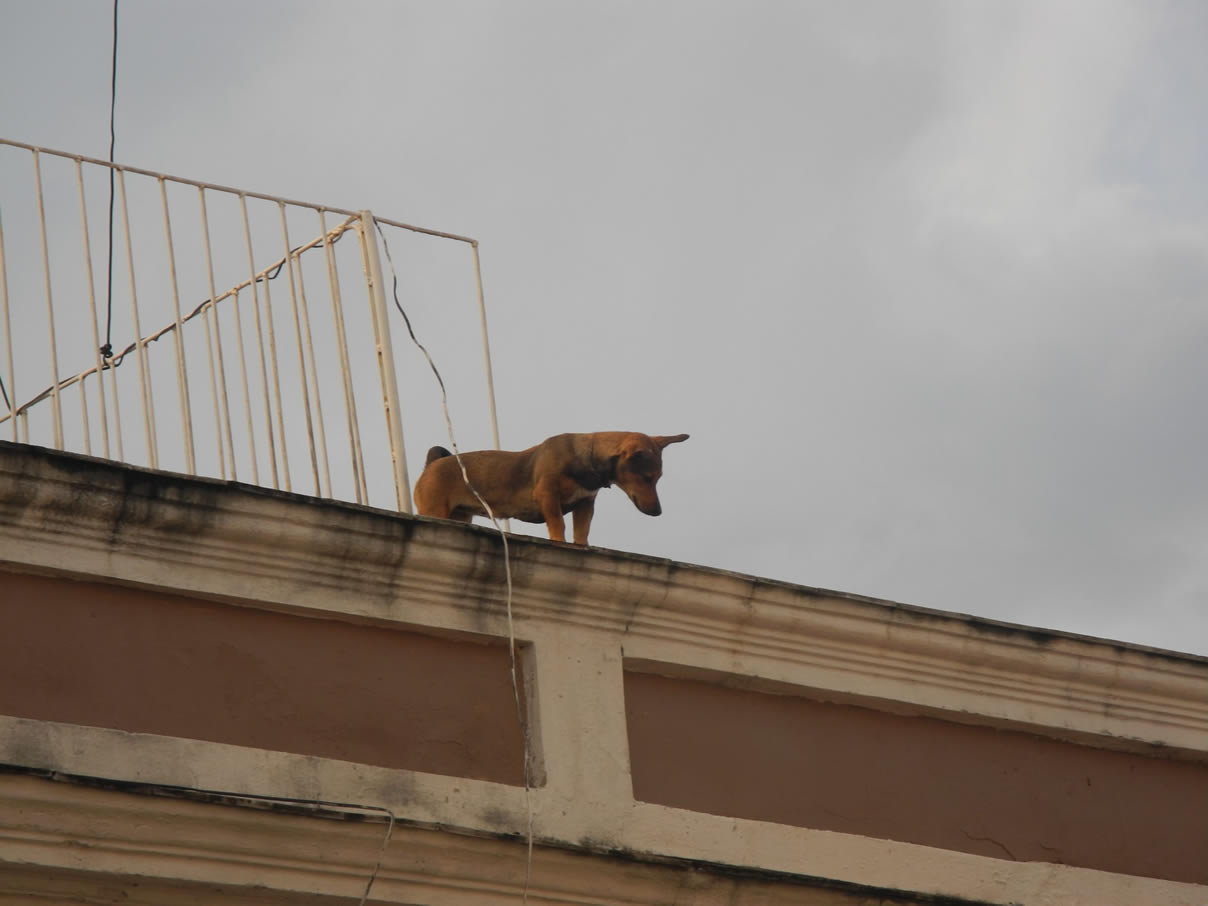
Vigilance. Cienfuegos, Cuba
Preceding my maiden voyage to Cuba, my colleagues and friends insisted that this trip would be transformational—that my life would be divided into two parts, and I would measure my existence from that time forward according to the moment I saw the scalloping hem of the Malecón. Others imagined I would feel like a total stranger, disconnected, disillusioned and bitterly disappointed. On the contrary, and similar to my experience in Ireland, it was as though seemingly incongruent aspects of my identity—which are embodied in my name, Carmen Andrea Teresa O’Reilly (a surname that incidentally appears frequently in Cuba and throughout the Caribbean)—had been reconciled. In the process I retrieved some deeply embedded, rudimentary part of myself that had been missing like a phantom limb. As a result of these journeys to the source as it were, I had extinguished (to quote Hugh of Saint Victor) the urge to locate my consciousness and identity in only one spot in the world.
Andrea O’Reilly Herrera is Professor of Literature and Women’s and Ethnic Studies, co-founder of the Matrix Center for the Advancement of Social Equity & Inclusion, and the Associate Vice Chancellor of Equity. Diversity and Inclusion at the University of Colorado at Colorado Springs. She is a President’s Teaching Scholar and the recipient of the University of Colorado system-wide Thomas Jefferson Award, Elizabeth E. Gee Memorial Lectureship Award, and the Chase Faculty Community Service Award. She was also selected as a Fulbright Distinguished Chair in American Studies and completed a residency in Lublin, Poland in 2006. Her publications include a collection of testimonial expressions drawn from the Cuban exile community and their children residing in the United States (ReMembering Cuba: Legacy of a Diaspora, University of Texas Press, 2001); a novel (The Pearl of the Antilles, Bilingual/Review Press, 2001); an edited collection of essays (Cuba: Idea of a Nation Displaced, SUNY Press, 2007); and the co-edited textbook The Matrix Reader: Examining the Dynamics of Oppression and Privilege (McGraw Hill, 2008), which presents an intersectional approach to the study of race, ethnicity, class, gender, sexuality ad ability. Her most recent work is a monograph titled Cuban Artists Across the Diaspora: Setting the Tent Against the House (University of Texas Press, 2011), and The Presence of Absence, a play based on her novel which will be presented as a staged reading by the Cuban Cultural Center of New York in the spring of 2021.




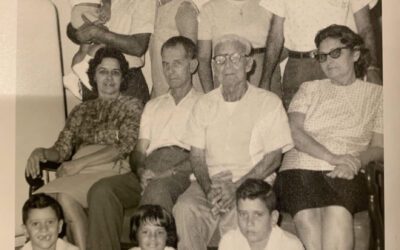
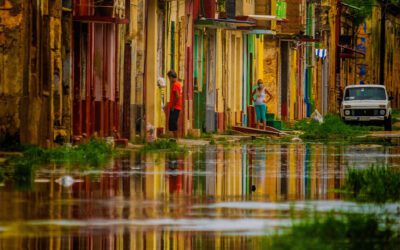
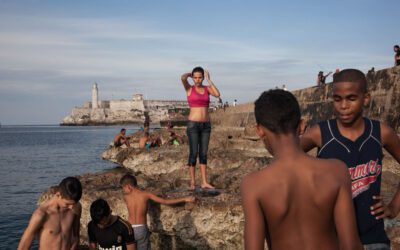
0 Comments